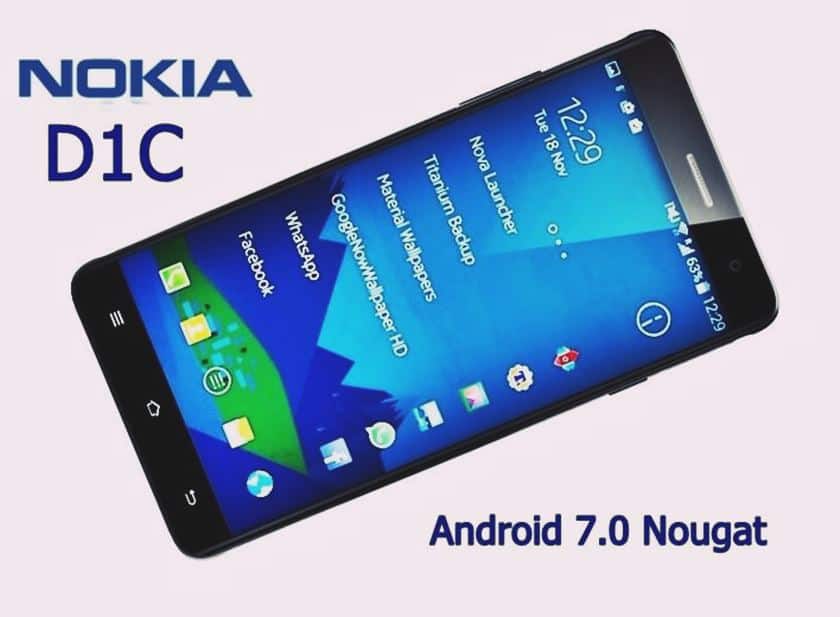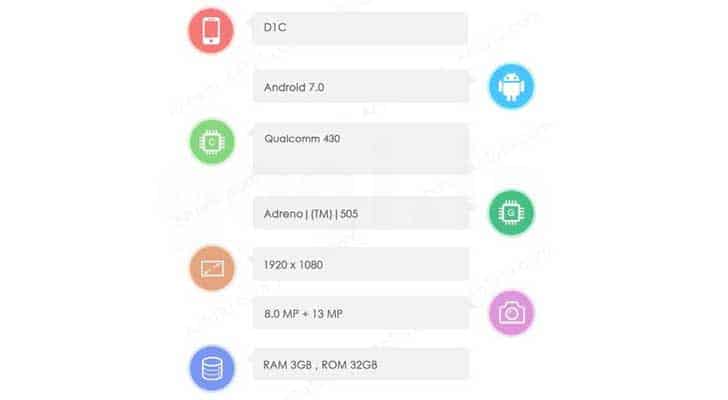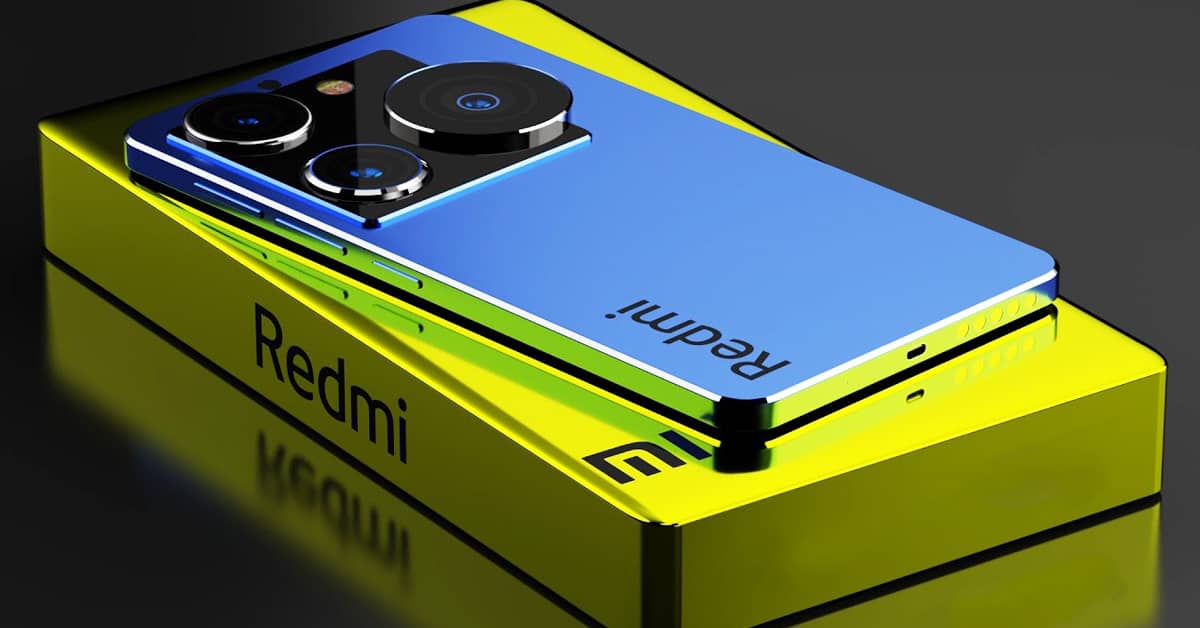Nokia D1C Antutu unveiled: a mystery has been revealed
After a revelation of some information on Geekbench last week, Nokia D1C has just been seen on AnTuTu. The list has disclosed more details in terms of display and camera of D1C.

Nokia D1C: full HD display, 13MP camera
According to Geekbench, the smartphone scored 682 points for single-core performance and multi-core got 3,229 points. In terms of Nokia D1C specs, the phone is powered by an octa-core Snapdragon 430 SoC, clocked at 1.4 GHz, which is accompanied by Adreno 505 GPU and 3GB of RAM. Geekbench also reveals that D1C installs the latest Android 7.0 Nougat. That’s all we can know about Nokia D1C last week despite our curiosity.
But this time, on AnTuTu, the device is shown with more specs that can satisfy our curiosity. It is reported to house a full HD display. The smartphone has a screen resolution of 1080 x 1920 pixels, which is believed not to disappoint Nokia users. Regarding the camera, D1C appears to be suitable for mid-range device target. The rear camera comes with 13MP, while an 8MP camera will appear in front to snap selfies and handle video chats. Though not confirmed, we are hoping to see “Pureview” on Nokia D1C launch date.

Other specs revealed on AnTuTu are the same as on Geekbench, making it even more reliable for Nokia fans. Nokia D1C is the latest smartphone that we are informed of, after other smartphones in the “1” series (Nokia A1, P1, E1, and C1). We are still waiting for the official announcement from Nokia to which smartphone will be launched first if they make a comeback.
Nokia D1C – another evidence for Nokia return
With consecutive information about Nokia has been publicized on two prestigious benchmarks, can we have enough evidence for the comeback of Nokia? All the fans of Nokia worldwide should feel very excited and thrilled to every breaking news towards this grand manufacturer. We are all looking forward to a glorious return of Nokia and a mid-range Android smartphone like Nokia D1C is a totally expected device.






